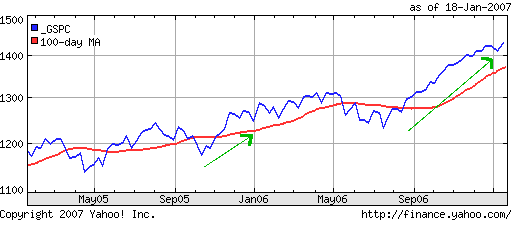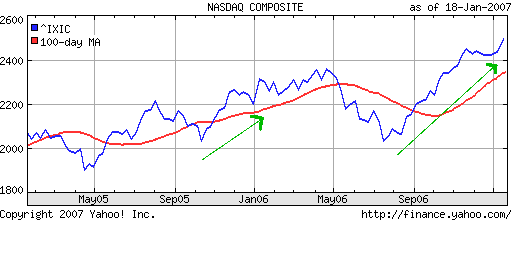by Das Brain
On January 15th I switched mutul funds in my retirement fund from a Balance Fund to a Money Market fund. I basically moved the full amount to the Money Market Fund as part of my asset allocation strategy. For those of you who are NOT very familiar with what a Balance or Money Market Fund is, here is a brief explanation.
Balance Fund
A Balance Mutual Fund is a mutual fund which invest 50% of its assets in stocks(equities) and 50% in fixed income (cash, GIC, bonds and T-bills). Sometimes the allocation a balance fund may vary, for example instead of 50/50 split it may be 45% fixed income and 55% stocks.
Balance funds gives the investor equal exposure to stocks and interest earning investment instruments. The risk level is right in the middle because of the 50/50 split in assets invested.
Mony Market Fund
A Money Market mutual fund invests in short-term debt instruments. Money Market fund’s main goal is to earn interest for shareholders while maintaining the value of its unit shares. The risk level of a Money Market mutual fund is LOW.
Now the next question you might be asking is “Why the heck, will anyone shift their retirement or mutual fund from a Balance or Stock Growth Fund to a Money Market Fund in mid to late January?”
The answer is basically to lock in the stock gains that the Balance or Stock Growth Fund has made between September 2006 to January 2007. Mutual funds are sold by units or shares, similar to stocks. So for example if I had a 100 units and the value of Balance Fund unit was $7 back in Septmeber 2006 and then increased to $10 a unit in January 2007, then I would have gained $300 in value and I would want to lock that in.
The reason I employ this asset allocation strategy every year is because if you look at the yearly or 2 year index charts (Nasdaq, S&P 500) you will see a trend. The trend is that the stock market generally starts its upward trend in September and goes to January of the new year it will start to be flat and then the stock index will begin a downward trend. Between March and August the markets are quite choppy (volatile).
See green arrows for market uptrend indication in charts below.
S&P 500 2 Year Chart

NASDAQ 2 Year Chart

The cycle starts again in Septmenber all over again, and that is when I will move my assets from Cash or Money Market back to Stocks or Balance Funds. So I repeat this every year and this closely guarded asset allocation method has done quite well for me over my 14 years of investing. I also do this with actual shares of Stock and Option LEAP contracts where I take advantage of leverage and do quite well in returns.
So that’s it, you now know a new strategy to investing in the market, if you currently don’t do this already. If you do not use this asset allocation method then what I suggest you do is pick an equity like INTEL , don’t buy it but just monitor it’s stock price between September and January to see if it goes up and then do the same between March to August and see what happens to the share price. See if it makes sense to you and test the waters before you try it yourself.
What you do with this knowledge is up to you so I advise visitors to please read my DISCLAIMER page. Also come back to this blog often to learn something new.
Bookmark at:
StumbleUpon | Digg | Del.icio.us | Dzone | Newsvine | Spurl | Simpy | Furl | Reddit | Yahoo! MyWeb

